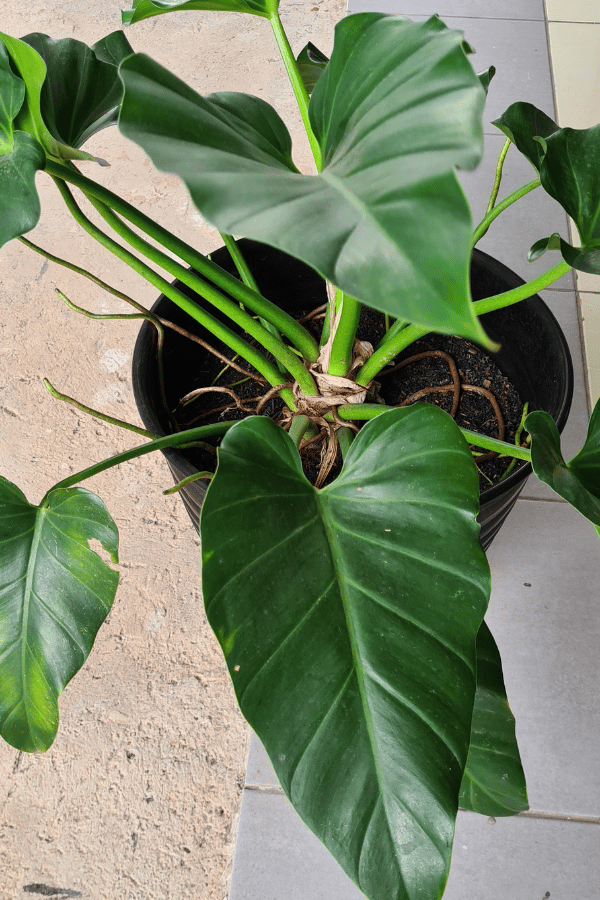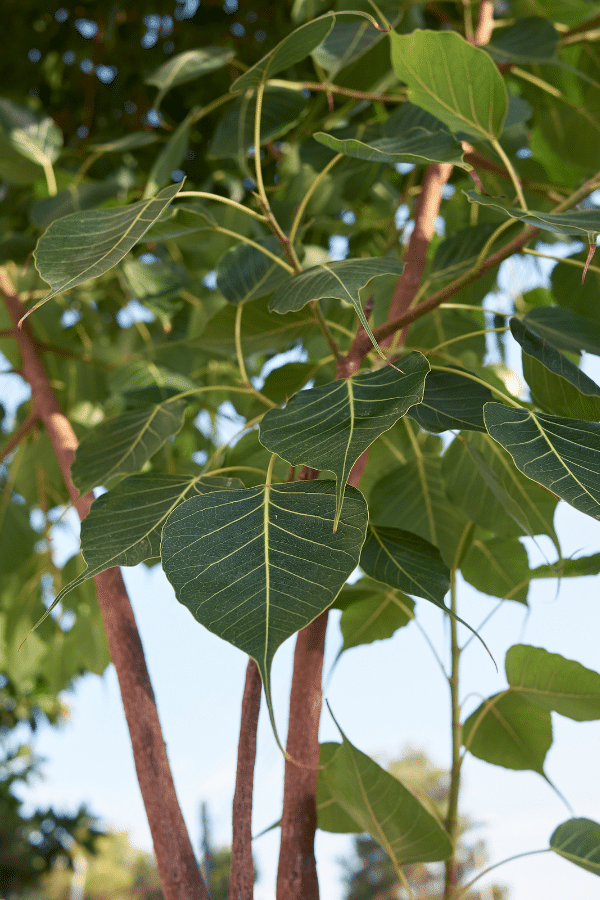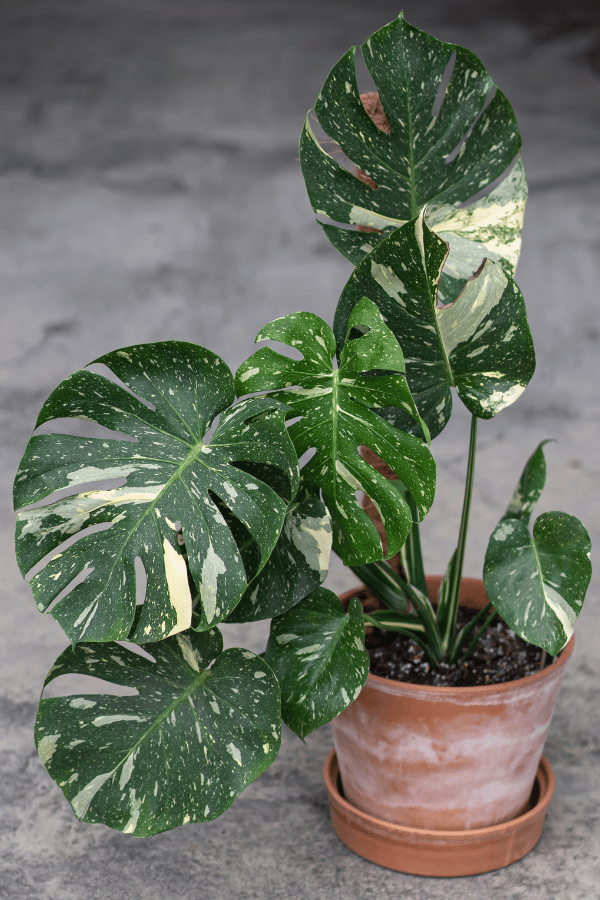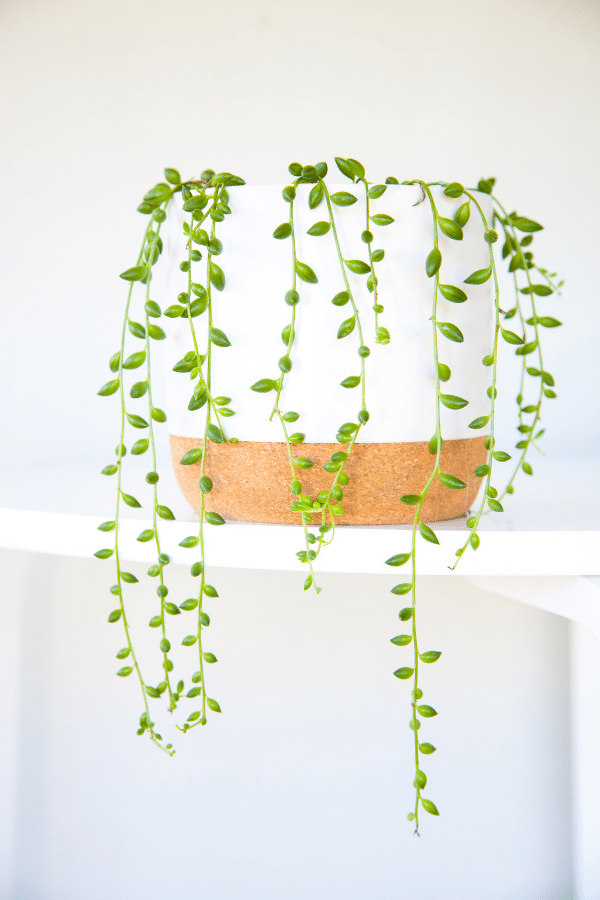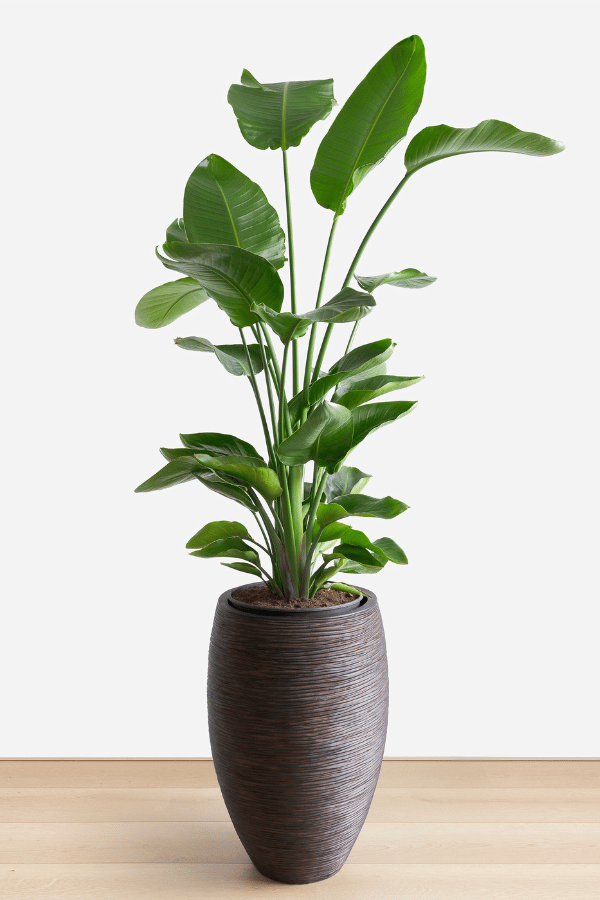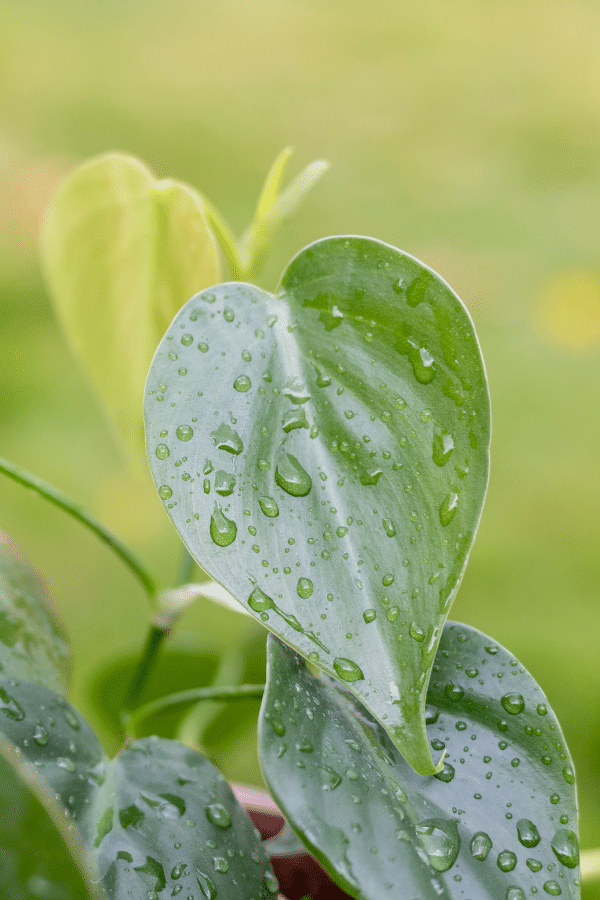Philodendron Camposportoanum
Scientific Name: Philodendron Camposportoanum
Common Name: Philodendron Campos
Philodendron Camposportoanum care is easy as it’s a low-maintenance houseplant. If you are a fan of Philodendron’s and are looking for another variety, see if this is a good houseplant for you.
To give this Philodendron plant the best care, it requires quick-draining soil, keep the soil moist by watering when it feels dry to the touch, provide it bright indirect sunlight, temperatures ranging from 60-75F, and above-average humidity levels.
Quick Care Overview
| Common Name | Philodendron Campos |
| Scientific Name | Philodendron Camposportoanum |
| Family | Araceae |
| Origin | Central and South America |
| Growth Rate | Medium |
| Identification | Large oval green to maroon shaped leaves |
| Height | Up to 3 feet tall |
| Soil | Well aerated, quick-draining soil |
| Water | Allow top two inches to dryout before watering |
| Temperature | 60-75F |
| Sunlight | Bright indirect sunlight |
| Toxic to Cats & Dogs | Yes |
| Toxic to Humans | Yes |
| Pests | Scale, spider mites, mealybugs |
| Diseases | Root rot |
Below we will dive deep into this Philodendron Camposportoanum care guide.
Philodendron Camposportoanum History
Philodendron Camposportoanum is a very distinguishable plant that has color-changing foliage that ranges from maroon to pink. Being one of the easiest Philodendrons to care for, this non-climbing tropical plant has fascinating foliage with leaves varying in shape with a velvety texture. Native to Central and South America, this small epiphytic plant is popular amongst houseplant lovers.
Philodendron Camposportoanum Identification
As this plant matures, its leaves will change from oval-shaped lobes to its characteristic three-lobed shape. Leaves are velvety and shift in color throughout maturation from maroon to pinkish and green. Philodendron Camposportoanum has a vining, climbing nature.
Philodendron Camposportoanum Growth Facts
Compared to other Philodendrons, Philodendron Camposportoanum is very compact and will not grow to become very large.
How Big Does a Philodendron Camposportoanum Get?
This Philodendron will grow to become about 1.5 feet tall. Leaves will grow up to 8 inches in width.

Philodendron Camposportoanum Care
This low-maintenance compact plant is easy to care for and is perfect for beginners.
Philodendron Camposportoanum Soil
Like many other Philodendrons, Philodendron Camposportoanum requires a well-aerated, quick-draining potting soil made for aroids that isn’t prone to waterlogging. Ensure that you container has drainage holes at the bottom so that excess water won’t affect the plant’s roots. A great DIY potting mix for this plant includes peat moss, perlite, sand, and shredded bark. If the soils acidity is too high, you may add lime to move it back down to a more neutral range around 7.0.
Philodendron Camposportoanum Fertilizer
Philodendron Camposportoanum enjoys being fed by a granular slow-release fertilizer. Select a high-nitrogen fertilizer granular fertilizer indicated for houseplants and ensure that you follow all label instructions. You should cut back on fertilizing in winter.
Philodendron Camposportoanum Watering
Compared to other Philodendrons, Philodendron Camposportoanum requires more hydration than others within the Philodendron family. Instead of rewatering when the top few inches of soil have dried, you should rewater after the very top layer feels dry to the touch. However, while this plant loves water, it still can experience damage from overwatering. If the top of the soil is still moist, wait a while before watering again. For this Philodendron, one of the leading causes of death and severe damage is from root rot due to overwatering.
Philodendron Camposportoanum Light Requirements
Like other tropical plants, Philodendron Camposportoanum likes to be kept in bright, indirect light such as from a north or east-facing window. Direct sunlight may burn the leaves of this plant. Too much sunlight may also cause foliage to become yellow or orange.
Philodendron Camposportoanum Temperature & Humidity
Being a tropical plant, Philodendron Camposportoanum likes to be keep in warm temperatures between 60 to 75 degrees Fahrenheit. You should never allow your plant to be exposed to temperatures below 55 degrees Fahrenheit, as this may cause permanent damage. This plant also likes to be grown in high humidity, though it isn’t required to keep it alive. Adding a pebble tray or a humidifier is a great way to keep Philodendron Camposportoanum and your other tropical plants happy. Alternatively, you may spritz the leaves of this Philodendron with water.
Repotting Philodendron Camposportoanum
Philodendron Camposportoanum will need to be repotted whenever roots are seen sticking out drainage holes. Repotting should be done in the spring during active growing season. Select a container that is only 1-2” larger than the original pot as the roots of this Philodendron do not adapt well to having too much extra room.
Philodendron Camposportoanum Maintenance & Pruning
To encourage healthy groom and maintain your plant, you should remove any diseased, discolored, or dead foliage annually. In the beginning of spring, prune your Philodendron using sharp, clean shears.
Philodendron Camposportoanum Propagation
Propagation of Philodendron Camposportoanum is easy and may be done by taking stem cuttings. Stem cuttings should be at least 3-4” long and should have at least two leaves attached. Taking clear pruning shears, cut beneath the node and allow the stem cutting to callus for a few days. Once the stem cutting cut edge has been cured, you may plant the cutting into fresh soil. Water your soil thoroughly and place it in indirect light. You can also propagate via air layering.
Philodendron Camposportoanum Toxicity
Containing calcium oxalate crystals, Philodendron Camposportoanum is toxic to humans, cats, and dogs. Do not ingest this plant and wash hands after handling it as the sap can be irritating.
Toxicity to Humans
Philodendron Camposportoanum is considered toxic to humans and should never be ingested. Consumption of this plant may cause diarrhea, nausea, vomiting, or other adverse symptoms.
Toxicity to Cats & Dogs
Unfortunately, this plant is considered toxic to pets and should never be consumed. However, if you believe your pet has consumed any portion of this plant, you should contact your veterinarian or pet poison control immediately.
Philodendron Camposportoanum Problems
Philodendron Camposportoanum Leaves Turning Yellow
Foliage of this Philodendron tend to turn yellow when the plant is being overwatered or when there is insufficient lightening.
Philodendron Camposportoanum Leaves Turning Brown
Leaves of Philodendron Camposportoanum will turn brown when receiving too much sunlight or low humidity levels. Ensure that your plant is receiving indirect lighting and high humidity.
Philodendron Camposportoanum Diseases
This plant is not prone to disease. The largest cause of disease-related issues with this philodendron is due to overwatering.
Philodendron Camposportoanum Pests
Like many other indoor houseplants, this Philodendron may be occasionally bothered by bugs such as spider mites, mealybugs, scale, and more. Upon identifying an insect infestation, isolate your plant, and treat with a pesticide such as neem oil or insecticidal soap.

